We’ve all been in love with the Amazon Reef for a while, and a lot has happened since our first visit, back in January last year. From a parade in the UK to messages on the beach in Brazil and actions in France and Belgium, we’ve told oil companies Total and BP they must stay away from it. We knew such an awesome place had many more wonders to discover, so we just had to go back there.
That’s why the Esperanza ship set sail once again, heading to the northern coast of Brazil. We had so many unanswered questions! For over a month, we braved rough seas and challenging weather, but coming back home knowing so much more about the reef, wow! All of it was worth it.
The Amazon Reef is much bigger than previously thought
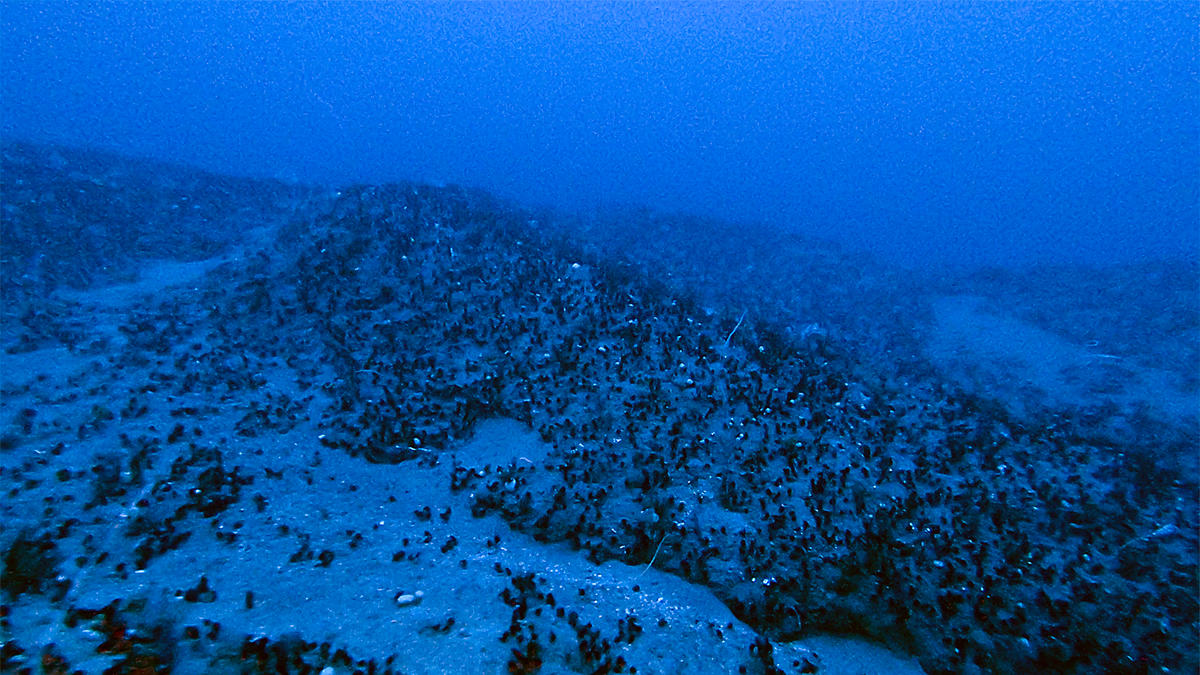
Reef structures found between 95 and 120 meters deep, less than 150 kilometres from Cayenne. Scientists and the Greenpeace team found reef structures in two studied areas and were able to take pictures of a few corals and fish species.
During our first expedition to the Amazon Reef, off the coast of the state of Amapá, scientists believed it was a 9,500 square kilometre reef system, which is already incredible! The reef is located from 60 to 220 metres deep, in the Amazon Mouth basin, where the Amazon River meets the ocean and there’s almost no light — a crucial condition for a reef to thrive. However, recent studies estimate the reef is almost six times larger, possibly spanning an area of 56,000 square kilometres.
There is reef formation in the area Total wants to drill for oil
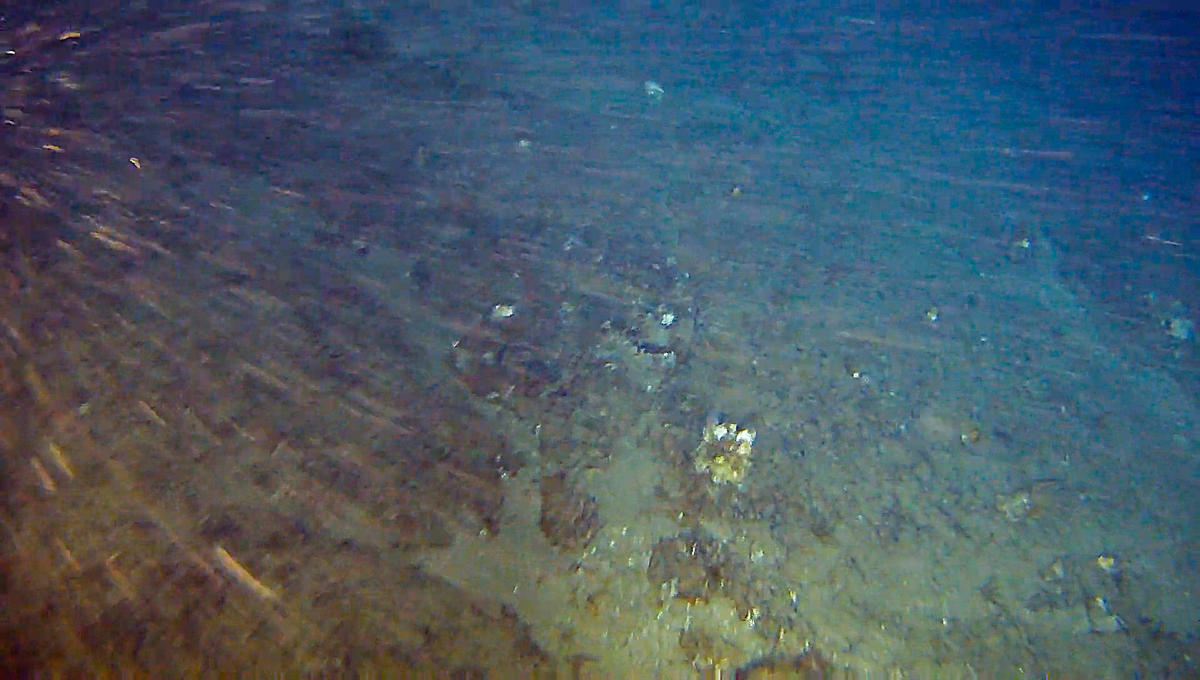
Rhodolith field covered by sponges in the Amazon Reef region. The formation is in the perimeter of Total’s oil blocks, where the French company plans to drill.
Total claims in its environmental impact assessment that the closest reef formation is 8 kilometres away from one of its oil drilling blocks. However, we sailed all the way to one of the areas assigned for Total to drill, and we found reef formation there. An oil spill could be catastrophic to this pristine environment. After the finding, a federal prosecutor from the state of Amapá recommended the Brazilian environmental agency deny Total’s license to drill in the region.
The Amazon Reef extends all the way to French Guiana
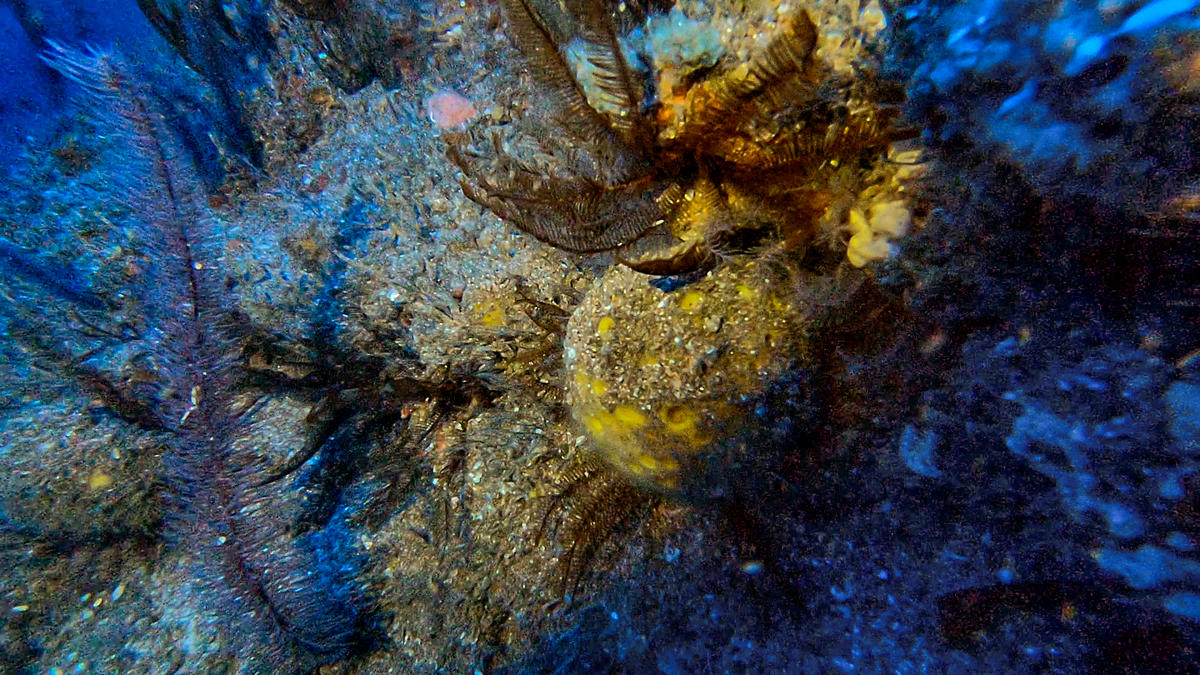
Reef structures found between 95 and 120 meters deep, less than 150 kilometres from Cayenne, French Guiana.
The Amazon Reef is not only larger than we thought, it also has no borders. To prove that, we went to French Guiana — a French territory north of Brazil — to dive there as well. What we discovered was just stunning: a beautiful reef formation, full of life. The finding just makes this pristine place an even more fantastic puzzle. An oil spill in Brazilian waters could potentially reach French waters and damage a place we still know so little about.
An oil spill in the region would be devastating
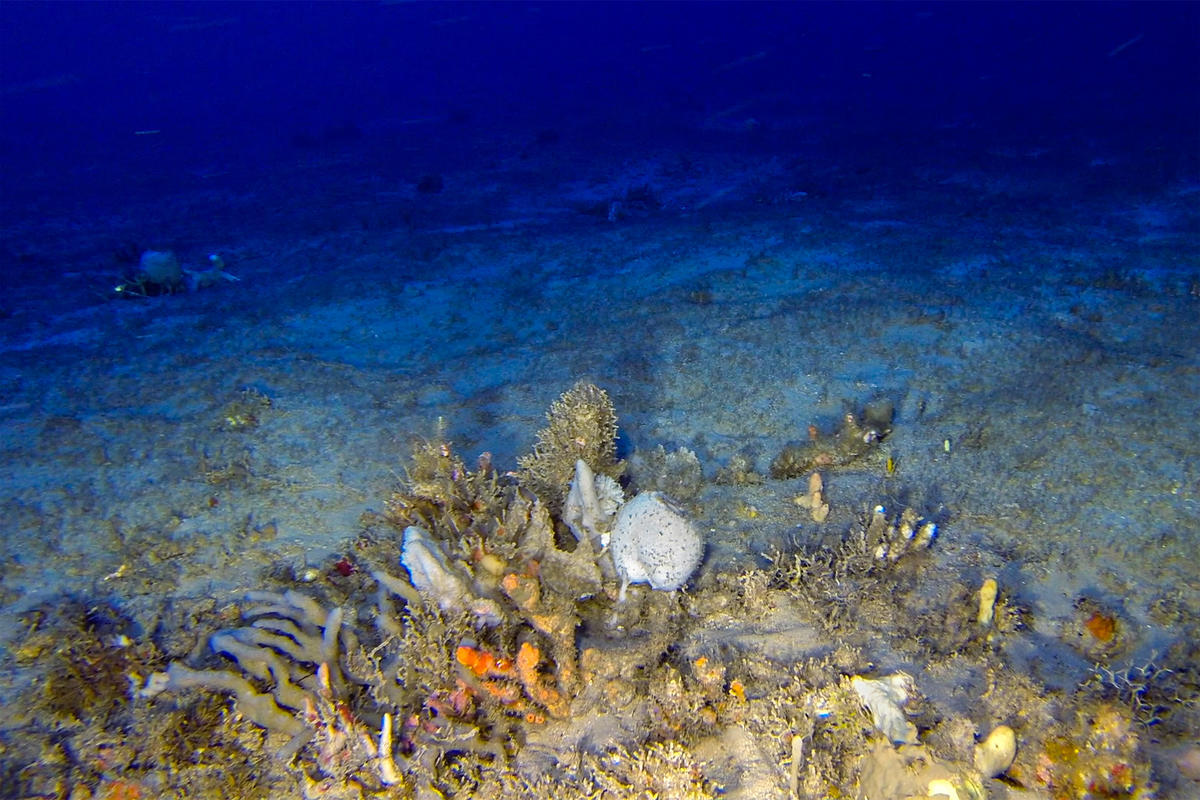
Soft coral and at least six types of sea sponges were found at 90 meters deep in the northern sector of the Amazon Reef.
Discovering so much about the Amazon Reef was not that easy. In fact, the weather conditions and the strong currents made the expedition quite challenging. It took days for the scientists onboard the Esperanza to be able to capture images from the northern part of the reef. If taking photos underwater was difficult, imagine containing an oil spill there. That’s a risk we simply cannot take.
The community of Amazon Reef defenders won’t stop growing
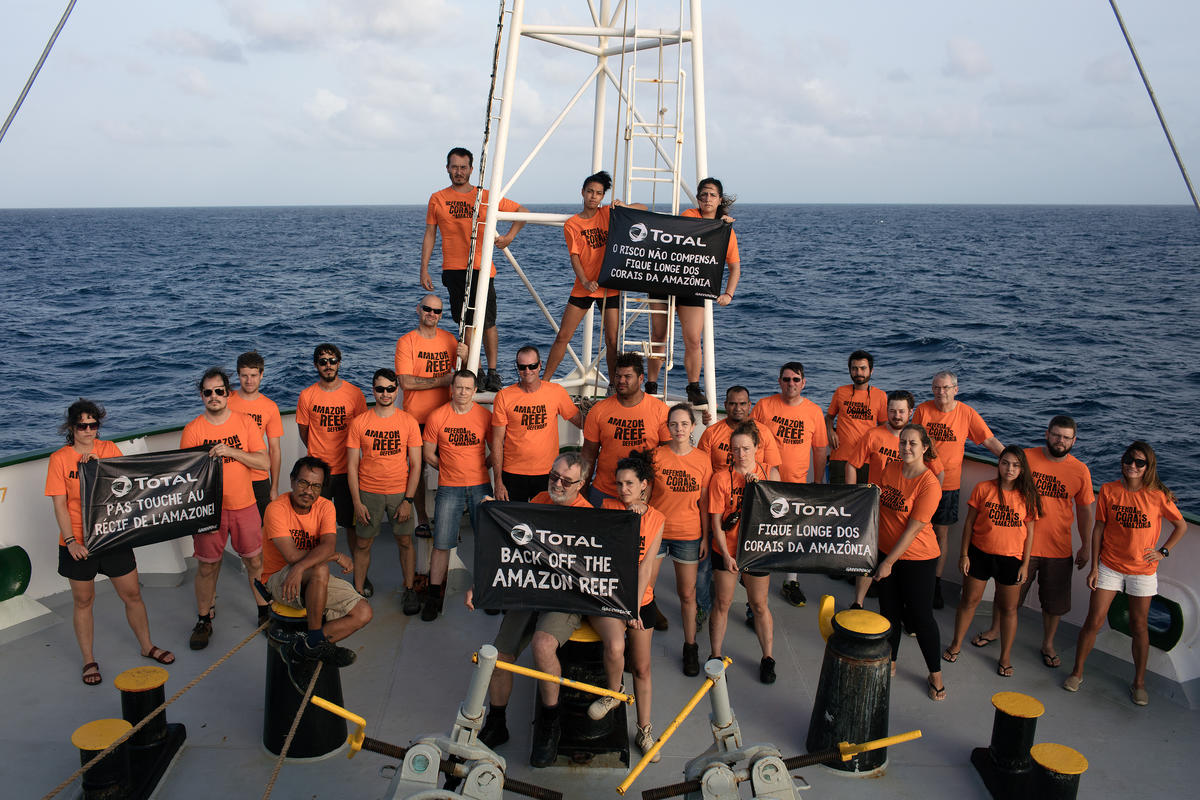
The Esperanza ship spent 45 days in Brazil and French Guiana for a scientific expedition to the Amazon Reef.
The best part of this amazing journey was knowing we’re not alone. We could not be more thankful to each one of the 2 million Amazon Reef defenders who are telling Total to back off this beautiful place, and who will not rest until their plans are canceled. It’s time for you to join us in this fantastic adventure as well. Sign here to tell Total to stay away from the Amazon Reef and tell your friends to hop aboard as well!
Diego Gonzaga is a content editor for Greenpeace US.
